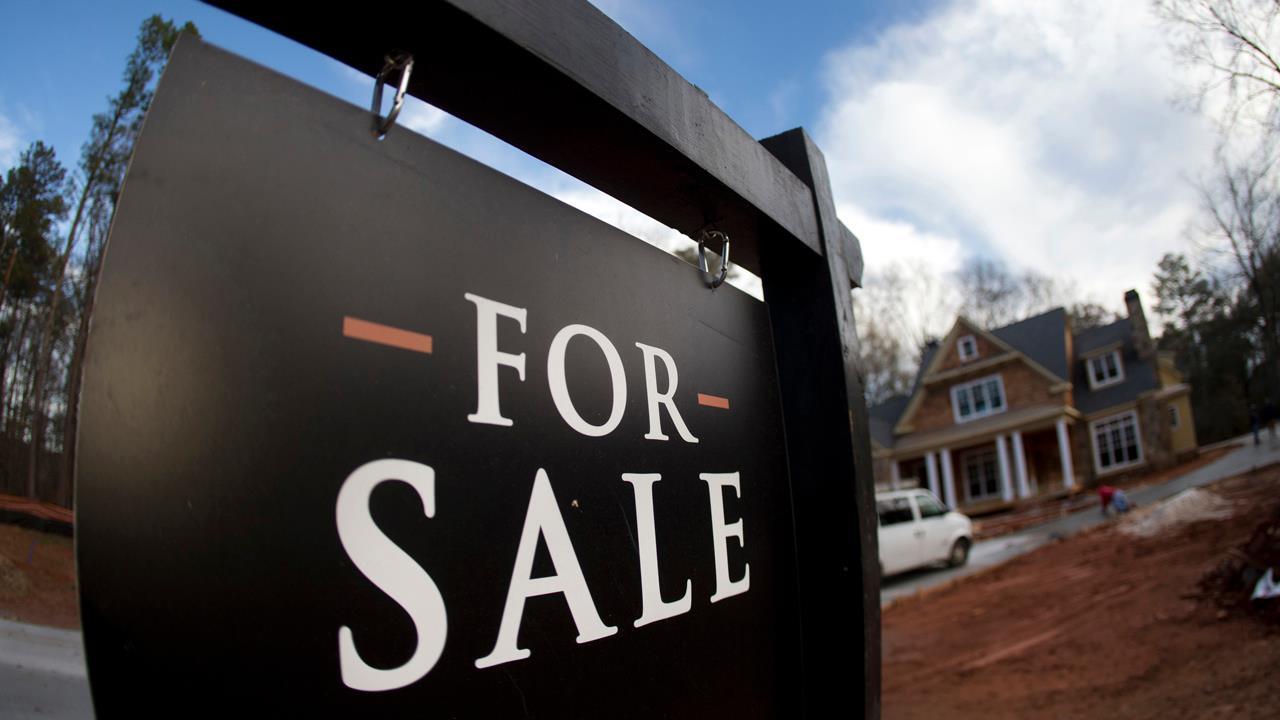Buyers in expensive neighborhoods find more homes for sale
Home buyers in high-priced housing markets saw some relief in July, but it’s too early to tell whether that trend will continue.
The inventory of homes listed for sale increased year-over-year in 16 of the 45 largest metropolitan areas nationwide in July, according to a report released Wednesday by Realtor.com. They included markets that have experienced some of the most pronounced home price growth since the Great Recession, such as San Jose, Calif., and Seattle.
(Realtor.com is operated by News Corp NWSA, +0.47% subsidiary Move Inc., and MarketWatch is a unit of Dow Jones, which is also a subsidiary of News Corp.)
Over the past few years, the number of homes listed for sale has shrunk considerably as more existing homeowners chose to stay put and homebuilding activity slowed to a crawl. Housing inventory continues to shrink, decreasing 4% year-over-year in July. Nevertheless, that’s slower than the 8% average rate of decline posted over the past year.
Higher costs of labor and materials and a low number of available lots have constrained homebuilding in recent years, said Danielle Hale, chief economist at Realtor.com. But in places like San Jose, where there’s greater demand for high-priced homes, builders are now finding more flexibility. “Builders can more easily pass on some of the increased costs they’re facing through high-end construction,” Hale said.
In other words, home builders will have to pay a higher price for things like lumber and construction workers regardless of the property they construct. Consequently, they’re more attracted to building trade-up homes or homes in pricier markets, since that will offset these added expenses, Hale said.
This helps explain why the inventory of homes listed above $350,000 increased 5.7% year-over-year, while the inventory of homes being sold for less than $200,000 has dropped 15.6%.
Builders are also sensitive to market sentiment. If buyers are indeed getting discouraged — whether because of the high home prices, rising mortgage-related costs or growing concerns about a potential recession — that could ultimately discourage new home building. And then many buyers may find themselves right back where they started, with fewer homes to choose from.




















